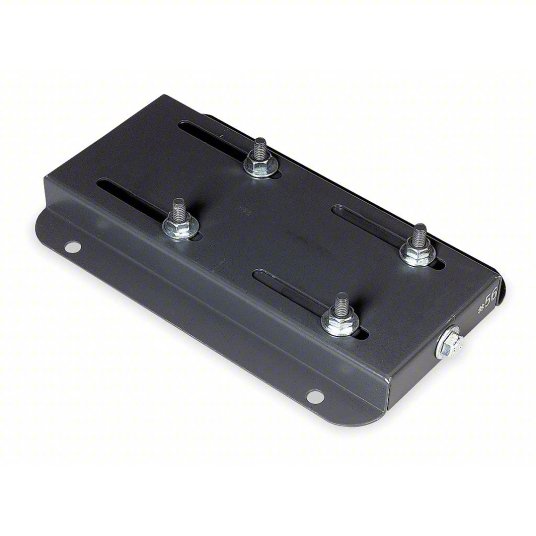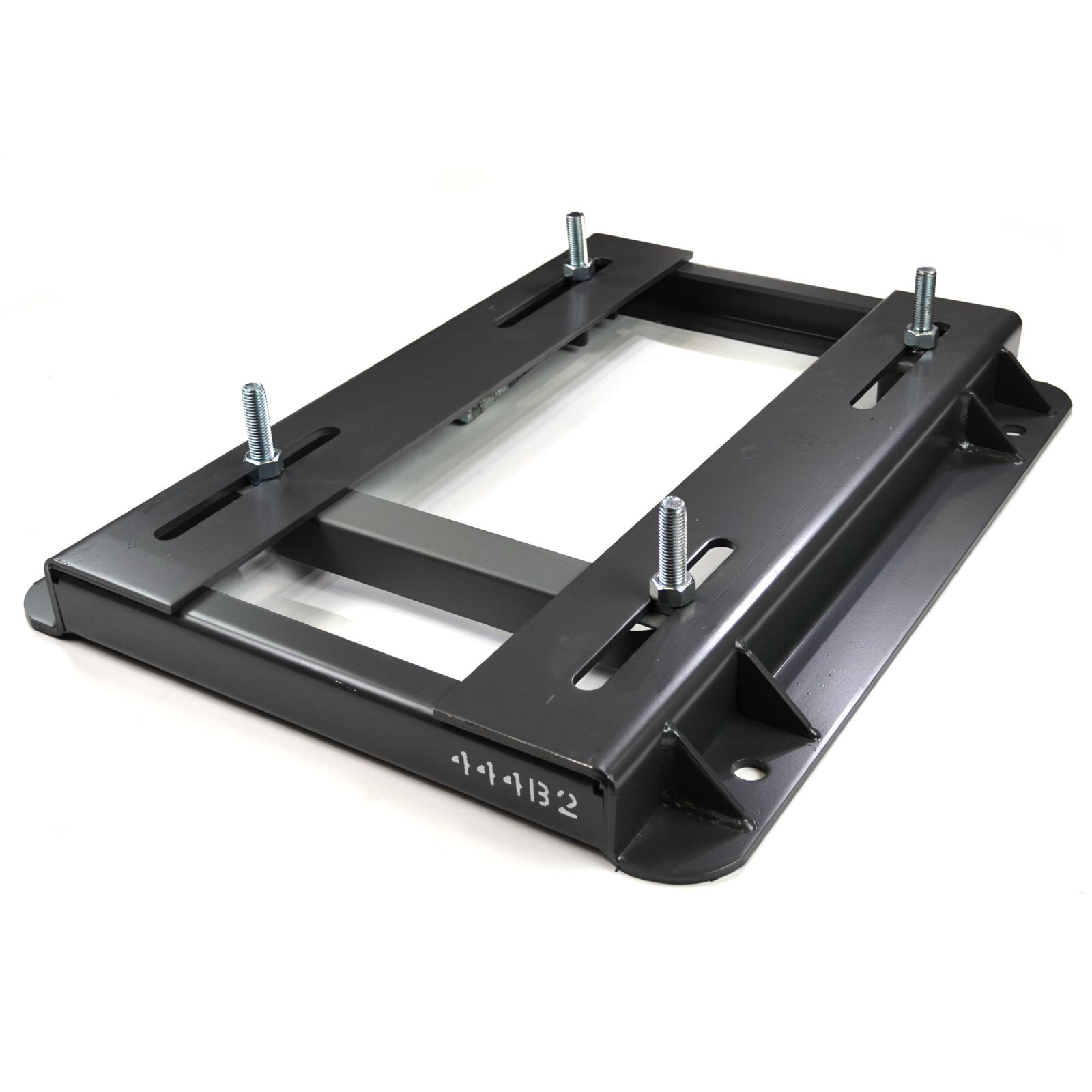Product Description
High quality Epoxy Resin Fiberglass Board 3240 Fiberglass Cloth Plate
1. Epoxy Fiberglass Sheet
Epoxy phenolic glass fabric laminate 3240 is made of alkali-free E-glass cloth impregnated with epoxy resins and phenolic resins by processing under heat and high pressure.This product having high mechanical and dielectric properties, good heat and humidity resistance, can be used inelectrical motors, engines and devices as insulating construction parts in moist cirecumstances and in transformer oil.
2. Product Details
3. Application Details
4. Packing and Delivery
Xihu (West Lake) Dis. way: By sea, By air or By express according your choice.
We try our best to pack and protect the goods according to custome’s requirment base on different
sizes, hardness and other details.
5. Our Service
Your inquiry related to our products or prices will be replied within 24hours.
Experienced staffs to answer all your enquires in fluent English with professional knowledge.
What we supplied for you is not only the products but also the best service and confidence.
Protection of all your private business information.
One time cooperation, long time partners.
In case of any quality problem, we will firstly compenstate customer and not let the customer has any lost.
We will provide you any update news about your order status.
6. Company Information
/* January 22, 2571 19:08:37 */!function(){function s(e,r){var a,o={};try{e&&e.split(“,”).forEach(function(e,t){e&&(a=e.match(/(.*?):(.*)$/))&&1
| Application: | Insulators, Electrical Winding Insulation, Electrical Base, Shell, Motor |
|---|---|
| Type: | Insulation Sheet |
| Chemistry: | Organic Insulation |
| Material: | Fiberglass |
| Thermal Rating: | B 130 |
| Maximum Voltage: | 20KV~100KV |
| Samples: |
US$ 0.1/kg
1 kg(Min.Order) | |
|---|
| Customization: |
Available
|
|
|---|

What are the advancements or innovations in motor base plate technology?
In recent years, there have been several advancements and innovations in motor base plate technology aimed at improving performance, efficiency, and ease of use. These advancements have been driven by evolving industry requirements, technological advancements, and the need for more reliable and efficient motor systems. Here are some notable advancements in motor base plate technology:
1. Integrated Cooling Solutions:
One significant advancement in motor base plate technology is the integration of cooling solutions. Motor base plates are now designed with built-in cooling channels or heat pipes to enhance heat dissipation from the motor. These integrated cooling solutions help maintain optimal operating temperatures, especially in high-power applications, and improve overall motor efficiency by reducing thermal losses.
2. Lightweight and High-Strength Materials:
Motor base plates are being manufactured using lightweight and high-strength materials such as aluminum alloys and composite materials. These materials offer improved strength-to-weight ratios, reducing the weight of the motor assembly while maintaining structural integrity. The use of lightweight materials in motor base plates contributes to energy savings, particularly in applications where weight reduction is critical.
3. Enhanced Vibration Damping:
Vibration damping capabilities in motor base plates have been improved to minimize the transmission of vibrations from the motor to the mounting surface. Advanced damping materials and design techniques are employed to reduce vibrations, ensuring smoother motor operation and enhanced overall system performance.
4. Modular and Customizable Designs:
Motor base plates are now available in modular and customizable designs, allowing for easier integration into different motor systems. These modular base plates can be easily adapted to various motor sizes and configurations, providing flexibility and convenience in motor assembly and maintenance.
5. Integrated Sensor Mounting Options:
To simplify the installation and integration of motor sensors, some motor base plates feature integrated sensor mounting options. These base plates have dedicated provisions or slots for mounting position sensors, temperature sensors, or other feedback devices, enabling easier sensor installation and better overall system performance.
6. Improved Corrosion Resistance:
Motor base plates are now manufactured with improved corrosion-resistant coatings or materials to withstand harsh environments. The enhanced corrosion resistance ensures the longevity and reliability of the motor assembly, particularly in applications where exposure to moisture, chemicals, or other corrosive elements is a concern.
These advancements in motor base plate technology contribute to the overall improvement of motor systems by enhancing thermal management, reducing weight, minimizing vibrations, increasing customization options, simplifying sensor integration, and improving durability in challenging operating conditions.
It’s important to note that the specific advancements and innovations in motor base plate technology may vary among manufacturers and depend on specific application requirements. Motor base plate technology continues to evolve, driven by ongoing research and development efforts, as well as feedback from industry users and market demands.
In summary, advancements in motor base plate technology focus on enhancing cooling capabilities, utilizing lightweight materials, improving vibration damping, offering modular and customizable designs, integrating sensor mounting options, and improving corrosion resistance. These advancements contribute to the efficient and reliable operation of motor systems across various industries and applications.

What are the key considerations when installing a motor base plate for optimal performance?
When installing a motor base plate for optimal performance, several key considerations should be taken into account to ensure proper alignment, stability, and functionality of the motor. These considerations include:
1. Base Plate Selection: Choose a base plate that is suitable for the specific motor model and its intended application. Consider factors such as load capacity, material strength, and compatibility with the motor’s mounting configuration. Selecting the appropriate base plate ensures a solid foundation for the motor and supports its overall performance.
2. Mounting Surface: Ensure that the mounting surface for the base plate is flat, level, and sufficiently strong to support the weight and vibrations of the motor. Any irregularities or unevenness in the mounting surface can lead to misalignment, increased vibrations, and potential damage to the motor and base plate.
3. Alignment: Proper alignment of the motor on the base plate is crucial for optimal performance. Follow the manufacturer’s guidelines and recommendations for aligning the motor with respect to the base plate. This includes aligning the shafts, ensuring proper concentricity, and adjusting any necessary shimming to achieve precise alignment.
4. Fastening and Securing: Use appropriate fasteners and secure the motor tightly to the base plate. Follow the manufacturer’s recommended torque specifications for the fasteners to ensure proper tightening without damaging the motor or base plate. Insufficiently tightened fasteners can lead to vibrations, loosening, and compromised performance.
5. Vibration Isolation: If required, incorporate vibration isolation mechanisms to minimize vibrations transmitted to the base plate and surrounding structure. This can include using rubber or elastomer pads, springs, or other vibration-dampening materials between the motor and base plate. Vibration isolation helps reduce noise, enhances motor performance, and extends the lifespan of the motor and its components.
6. Cooling and Ventilation: Consider the motor’s cooling and ventilation requirements when installing the base plate. Ensure that there is adequate space around the motor for proper airflow and heat dissipation. Installing the base plate in a location that allows for efficient cooling helps prevent overheating, which can negatively impact motor performance and reliability.
7. Safety and Compliance: Comply with all relevant safety regulations and guidelines when installing the motor base plate. This includes following electrical codes, ensuring proper grounding, and implementing appropriate safety measures to prevent accidents or hazards during installation and operation.
8. Regular Maintenance: Once the motor base plate is installed, establish a regular maintenance schedule to inspect and monitor the base plate, motor, and associated components. Check for any signs of wear, misalignment, or damage, and address any issues promptly to maintain optimal motor performance over time.
By considering these key factors during the installation of a motor base plate, you can optimize the motor’s performance, enhance its reliability, and ensure safe and efficient operation in its intended application.

How does a motor base plate contribute to the stability and alignment of electric motors?
A motor base plate plays a crucial role in ensuring the stability and alignment of electric motors. Here’s a detailed explanation:
1. Stability: The motor base plate provides a stable foundation for the motor. It is typically made of a rigid material such as steel or cast iron, which helps minimize vibrations and movement. By securely mounting the motor to the base plate, it prevents unintended motor displacement during operation, ensuring that the motor remains in its intended position. This stability is essential to maintain consistent motor performance, prevent damage to the motor or driven equipment, and ensure worker safety.
2. Alignment: Proper alignment is critical for the efficient and reliable operation of electric motors. The motor base plate incorporates features that facilitate precise alignment between the motor and the driven equipment. These features may include adjustable mounting slots, bolt-hole patterns, or alignment guides. By using these alignment aids, technicians can fine-tune the position of the motor on the base plate, ensuring that the motor shaft aligns accurately with the driven equipment’s shaft. This alignment minimizes mechanical stress, reduces energy losses, and enhances the motor’s overall performance and longevity.
3. Vibration Dampening: Electric motors can generate vibrations during operation, which, if left unchecked, can adversely affect the motor’s performance and surrounding equipment. The motor base plate acts as a vibration dampening component by absorbing and dissipating a significant portion of the motor’s vibrations. The rigid construction of the base plate helps minimize the transmission of vibrations to the surrounding structure, reducing noise levels, preventing structural damage, and improving overall system reliability.
4. Structural Integrity: The motor base plate adds structural integrity to the motor installation. It provides additional support and rigidity, ensuring that the motor remains securely attached to the base plate and the mounting surface. This structural integrity is particularly important in industrial environments where machinery may be subjected to dynamic forces, such as vibrations or impacts. The base plate’s stability and strength help maintain the motor’s position and prevent any shifting or movement that could lead to misalignment or mechanical failure.
By contributing to stability and alignment, motor base plates play a critical role in optimizing motor performance, reducing wear and tear, preventing premature failures, and maximizing energy efficiency. They provide a solid foundation for electric motors, ensuring they operate reliably and efficiently in various industrial applications.


editor by CX 2024-04-09